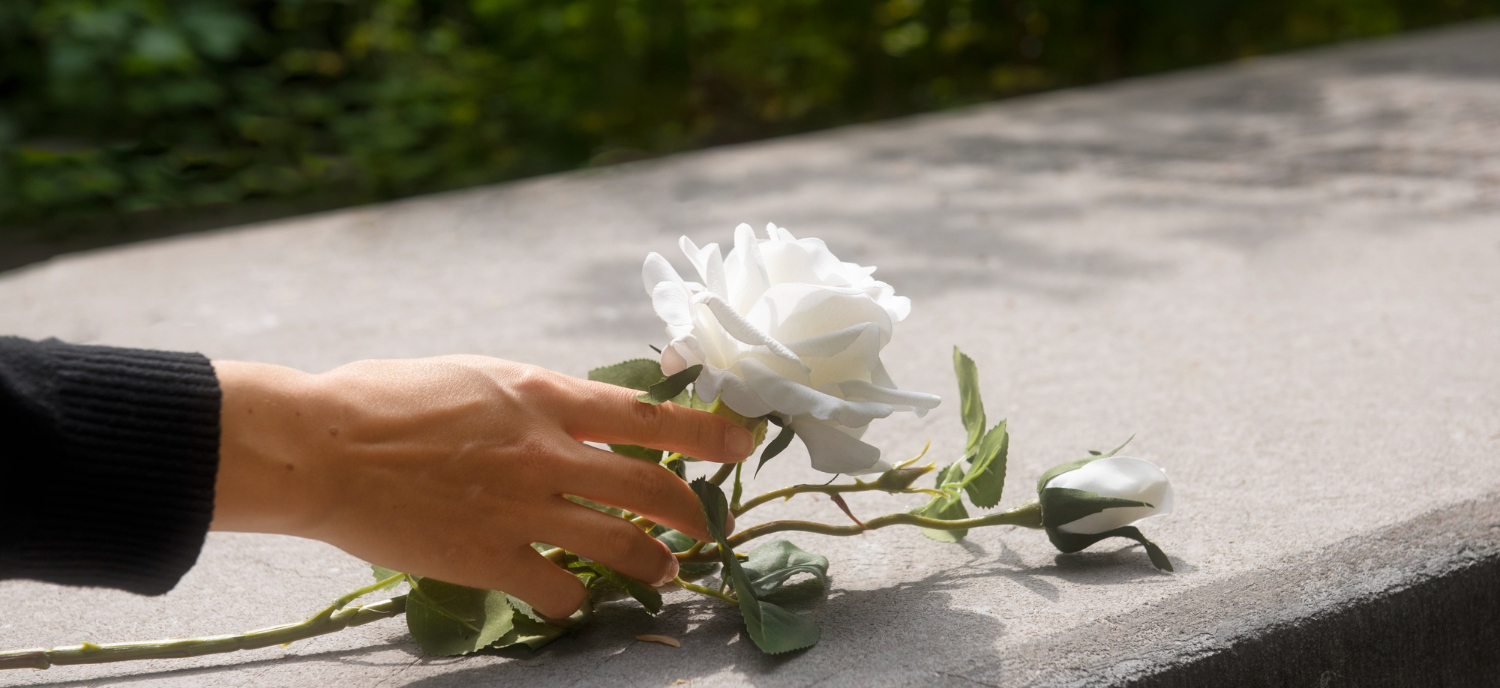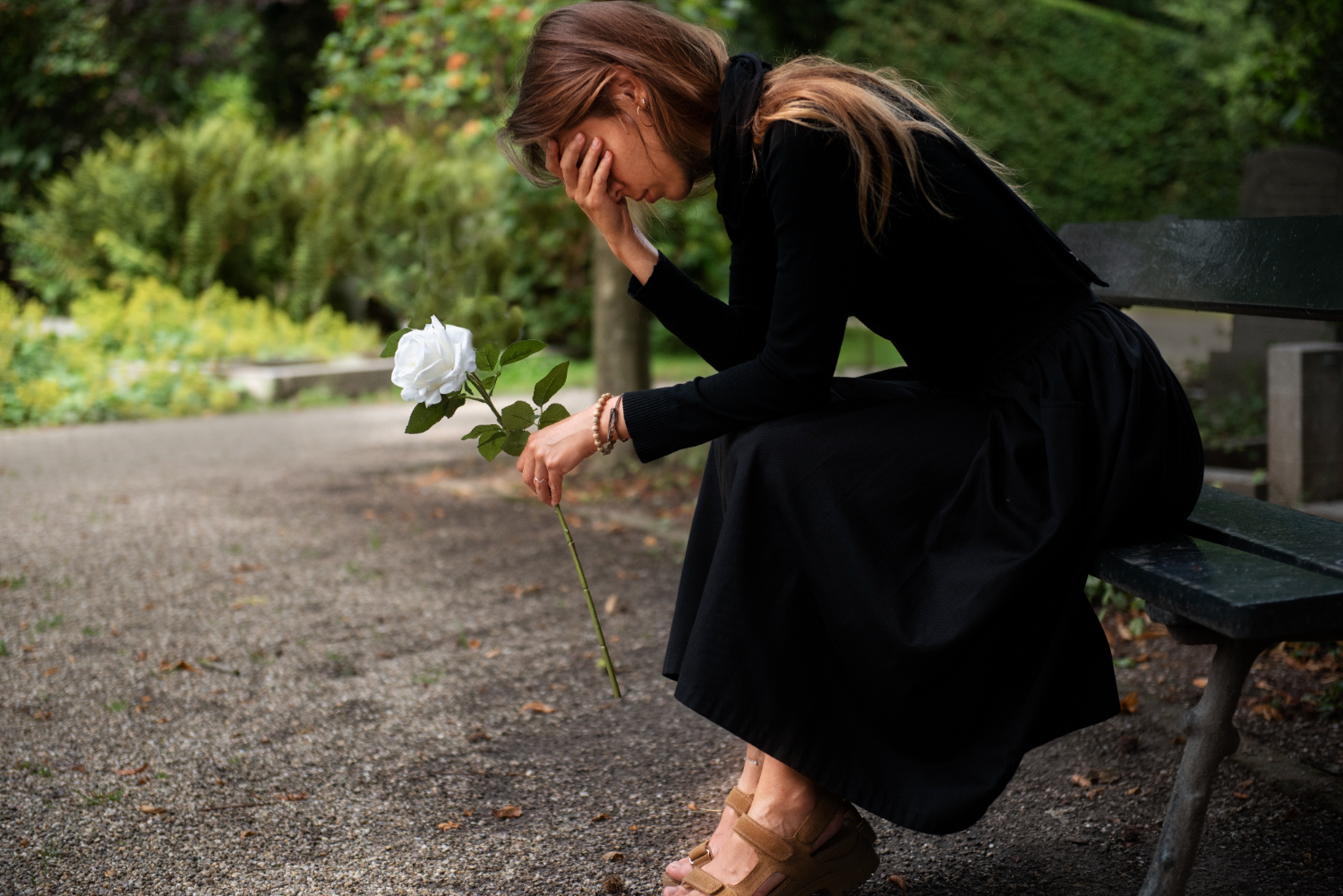The Pressure to Be “Better”

People mean well. They check in less now, but when they do, there’s always a quiet expectation beneath their words.
“I hope you’re doing better.”
“You seem stronger now.”
“Time heals all wounds.”
I know they say it because they care. But every time I hear those words, something in me tightens.
Because what does “better” even mean?
Do they mean I should cry less?
That I should start smiling more?
That I should talk about my child less and act like life has gone back to normal?
I don’t know how to tell them that better isn’t the goal.
That grief doesn’t disappear.
That moving forward doesn’t mean moving on.
That healing isn’t about forgetting—it’s about learning how to carry the love and the loss together.
Table of Contents
- The Myth of “Getting Over It”
- Redefining Healing on My Own Terms
- Learning Tools: Letting Go of the Pressure to “Move On”
- 1. The “What Healing Means to Me” Exercise
- 2. The Response to “Are You Better?”
- 3. The Daily Permission Statement
- Guided Meditation: Releasing the Pressure to Heal on a Timeline
The Myth of “Getting Over It”
People think grief is something you get over, like a cold.
But it’s not.
It doesn’t have an endpoint. It doesn’t follow a timeline. It doesn’t wrap up neatly just because the world expects it to.
And yet, I feel the pressure.
The pressure to look okay so that others feel comfortable.
The pressure to function “normally” again.
The pressure to pretend I am no longer broken.
But I am not who I was before.
And I will not apologize for that.
Redefining Healing on My Own Terms
Maybe healing isn’t about “getting better.”
Maybe healing is about allowing myself to grieve without guilt.
Maybe healing is about waking up each day and choosing to keep going, even when the weight is heavy.
Maybe healing is knowing that I will always love my child, and I will always carry this loss—and that doesn’t mean I’m stuck.
I am not “better.”
I am different.
And that is okay.
Learning Tools: Letting Go of the Pressure to “Move On”
When others expect you to be “better,” it can feel like you’re failing at grief.
These tools will help you redefine healing in a way that honors your journey.
1. The “What Healing Means to Me” Exercise
Write down your definition of healing.
It might look like:
“Healing means allowing myself to feel without shame.”
“Healing means finding ways to carry my child’s love forward.”
“Healing means being gentle with myself, no matter where I am in the process.”
This is your journey. Let it be defined by you, not by others.
2. The Response to “Are You Better?”
When someone asks, “Are you doing better?”, you don’t have to force a simple yes or no.
Instead, try:
“I’m learning how to live with my grief.”
“I have hard days and softer days.”
“Healing looks different for me, but I’m finding my way.”
This shifts the conversation away from unrealistic expectations.
3. The Daily Permission Statement
Each morning, place a hand on your heart and say:
“I do not have to be ‘better’ for anyone else.”
“I allow myself to grieve and heal in my own way.”
“I am exactly where I need to be.”
Repeat as needed when guilt or pressure creep in.
Guided Meditation: Releasing the Pressure to Heal on a Timeline
Find a quiet place. Close your eyes. Take a deep breath.
Imagine yourself holding a heavy stone in your hands. This stone carries the weight of others’ expectations—the pressure to be okay, the fear of disappointing people, the guilt of still grieving.
Feel the weight of it. Notice how exhausting it is to carry.
Now, picture yourself standing beside a calm river. The water is steady, flowing at its own pace. Slowly, gently, release the stone into the water. Watch as it sinks, disappearing beneath the surface.
You do not need to carry that weight anymore.
You whisper to yourself:
“I am healing in my own time.”
“I do not need to be ‘better.’ I only need to be true to myself.”
“I release the pressure. I choose peace.”
Stay in this space as long as you need. Let yourself feel the lightness.
When you are ready, take a deep breath, gently open your eyes, and return to the present moment.
You are not failing. You are not behind.
You are healing—exactly as you need to.
Created By: Bethany Orrick
Recommended Blogs
 Blogs
Blogs The Gift of Small Moments—Finding Light in the Midst of Grief
The Gift of Small Moments—Finding Light in the Midst of Grief Grief has a way of shrinking the world.In the...
 Blogs
Blogs When the World Moves On—Feeling Left Behind in Grief
When the World Moves On—Feeling Left Behind in Grief Life has a way of moving forward, even when you feel...
 Blogs
Blogs When the Grief is Too Much—Learning to Take a Break from the Pain
When the Grief is Too Much—Learning to Take a Break from the Pain Some days, grief is everywhere.It’s in the...
 Blogs
Blogs The Ache of Milestones—When Time Moves Forward Without Them
The Ache of Milestones—When Time Moves Forward Without Them Another birthday approaches. Another milestone passes.I find myself caught between two...
 Blogs
Blogs The Holidays Without Them—When Joy and Grief Collide
The Holidays Without Them—When Joy and Grief Collide The holidays are here, and the world feels different. Everywhere I look,...
 Blogs
Blogs The Unexpected Triggers—When Grief Hides in the Smallest Moments
The Unexpected Triggers—When Grief Hides in the Smallest Moments Grief is a shape-shifter. It doesn’t always show up in the...